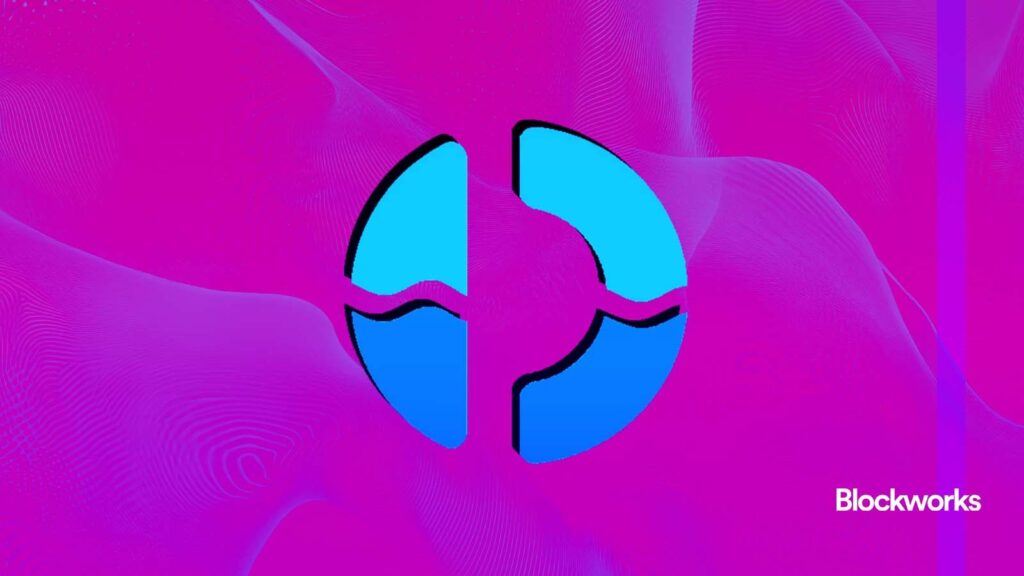This is a segment of the 0xResearch newsletter. To read the complete editions, subscribe.
In an open source industry where applications can and are easily created, “aggregation theory” – the investor thesis that the winner should build on and integrate as many applications as possible – has taken hold. established as a promising idea during the DeFi summer.
Middleware DeFi aggregators like 1inch, Matcha, Summer.fi (formerly Oasis), and Instadapp have all pursued this idea to the fullest, but aggregation theory has largely failed to pan out (Jupiter in the Solana world is an exception ).
Ethereum DEX aggregators have not outperformed Uniswap, although theoretically they should.
Instadapp was one such DeFi aggregator that aggressively built on top DeFi protocols such as Uniswap, Maker, Aave, Compound, and Curve.
After two years of development, Instadapp has reinvented itself. First building a classic aggregation product, Instadapp has become a platform with a full-fledged DeFi product: Fluid, while the original Instadapp presents itself separately as a yield aggregation product .
Instadapp’s pivot has been quite successful: Fluid currently has $1.2 billion in TVL in its money market, while the Fluid DEX on Ethereum is seeing around $428 million in 7-day trading volumes – currently the third largest DEX behind Curve and Uniswap.
Let’s back up for a minute. What is fluid?
The first thing to know is that Fluid is not an app, but an ecosystem of superapps. Fluid’s pooled liquidity layer forms the foundation of the protocol, on top of which its own DEX (launched in early November), money market, and other vault applications reside.
Fluid’s suite of applications aggressively borrows from many market-tested DeFi primitives, such as Uni v1’s Auto Rebalancing, Uni v3’s Concentrated Liquidity, Aave’s Utilization Rate Curves , Maker Vault debt limits and more.
But it also brings a host of original DeFi innovations – namely more capital-efficient ways of providing liquidity – through its “smart collateral” and “smart debt” features.
For example, smart debt allows borrowers to denominate their debt in pair exchanges as liquidity for a Fluid DEX trading pool.
By doing so, traders on Fluid DEX can trade assets for someone else’s debt. From the borrower’s perspective, you can maintain an active loan while earning commissions from traders to offset your original debt, thereby making the debt a productive asset.
In summary, “smart debt” creates liquidity in a completely opposite direction whereby LPs seed liquidity into an AMM pool (i.e. deposit liquidity into two tokens and receive one LP token).
Smart debt allowed trading pools like USDC-USDT with $20 million in liquidity to emerge on Fluid DEX, while technically being worth $0 in TVL.
“Smart collateral,” on the other hand, allows LPs to take their LP positions out of loans and rehypothecate them as collateral for AMM liquidity on the Fluid DEX. This allows LPs to earn DEX trading fees in addition to lending fees.
This isn’t technically new – in the past, DEXs, such as Cream Finance, have experimented with using LP tokens as collateral – but Fluid manages to execute it more efficiently.
“In Fluid DEX v2, we plan to allow users to select their ranges for both collateral and debt, which will be a breakthrough,” Instadapp COO DMH told Blockworks .
The governance of Fluid is governed by the INST token. The token has historically remained a dead token, until a recent 4x pump last month.
A new governance proposal released yesterday aims to convert INST to FLUID in a 1:1 ratio without any dilution or change to the total supply.
After reaching a goal of $10 million in annualized revenue, Fluid will launch a token buyback program to create value accumulation for the token.
Finally, the proposal also wants to spend 12% of the tokens to fund growth initiatives such as continued CEX listings, market making and fundraising, as well as seeding an additional 5% of tokens for FLUID liquidity in DEXs.
Start your day with the best crypto news from David Canellis and Katherine Ross. Subscribe to the Empire newsletter.
Explore the growing intersection between crypto, macroeconomics, politics, and finance with Ben Strack, Casey Wagner, and Felix Jauvin. Subscribe to the Forward Guidance newsletter.
Get alpha delivered straight to your inbox with the 0xResearch newsletter: market highlights, charts, degen trade ideas, governance updates, and more.
The Lightspeed newsletter is all about Solana, in your inbox, every day. Subscribe to daily Solana news from Jack Kubinec and Jeff Albus.




